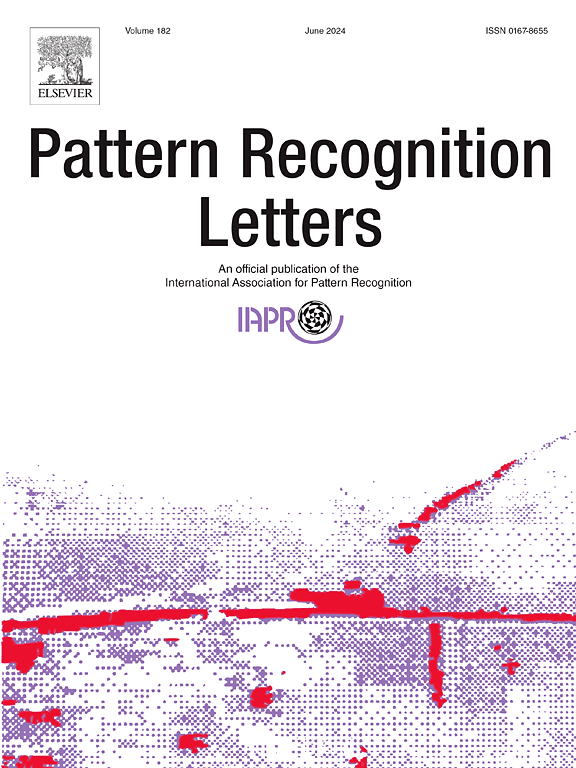Graph Neural Networks for 3D facial morphology: Assessing the effectiveness of anthropometric and automated landmark detection
IF 3.9
3区 计算机科学
Q2 COMPUTER SCIENCE, ARTIFICIAL INTELLIGENCE
引用次数: 0
Abstract
This study investigates the potential of Graph Neural Networks (GNNs) for analyzing 3D facial morphology, leveraging facial landmarks as graph nodes to capture the intrinsic structure of 3D face scans. This research evaluates the effectiveness of three distinct approaches for defining graph vertices by associating them with: (1) a well-established set of anthropometric landmarks identified through tactile assessment, widely considered the gold standard in facial anthropometry; (2) automatically detected 3D facial keypoints estimated using advanced algorithms; and (3) geometry-based random point cloud sub-sampling via farthest point sampling (FPS). To evaluate the effectiveness of GNNs and facial landmarks in capturing and representing meaningful morphological patterns, the study employs two benchmark tasks: gender classification and age regression. Extensive experiments across various GNN architectures and three datasets — each presenting diverse and challenging conditions — demonstrate that semantically meaningful landmarks, whether anthropometric or automatically detected, consistently outperform non-semantic random samples in both tasks and across all datasets. These results highlight the crucial role of semantic contextualization in graph-based facial analysis. Notably, models utilizing automatically detected facial keypoints achieved performance comparable to those based on manually annotated anthropometric landmarks, offering a scalable and cost-effective alternative without compromising accuracy. These findings support the integration of automated GNN-based methodologies into a wide range of applications, including clinical diagnosis, forensic analysis, and biometric recognition.
三维面部形态学的图神经网络:评估人体测量和自动地标检测的有效性
本研究探讨了图神经网络(gnn)在分析3D面部形态方面的潜力,利用面部地标作为图节点来捕捉3D面部扫描的内在结构。本研究评估了三种定义图形顶点的不同方法的有效性,并将它们与以下因素相关联:(1)通过触觉评估确定的一套完善的人体测量标志,被广泛认为是面部人体测量学的黄金标准;(2)利用先进算法自动检测三维人脸关键点;(3)利用最远点采样(FPS)进行基于几何的随机点云子采样。为了评估gnn和面部标志在捕获和表示有意义的形态模式方面的有效性,该研究采用了两个基准任务:性别分类和年龄回归。在各种GNN架构和三个数据集(每个数据集都呈现多样化和具有挑战性的条件)上进行的广泛实验表明,语义上有意义的地标,无论是人体测量还是自动检测,在两项任务和所有数据集上都始终优于非语义随机样本。这些结果突出了语义语境化在基于图形的面部分析中的关键作用。值得注意的是,利用自动检测面部关键点的模型取得了与基于手动注释的人体测量地标相当的性能,在不影响准确性的情况下提供了可扩展且具有成本效益的替代方案。这些发现支持将基于gnn的自动化方法整合到广泛的应用中,包括临床诊断、法医分析和生物识别。
本文章由计算机程序翻译,如有差异,请以英文原文为准。
求助全文
约1分钟内获得全文
求助全文
来源期刊

Pattern Recognition Letters
工程技术-计算机:人工智能
CiteScore
12.40
自引率
5.90%
发文量
287
审稿时长
9.1 months
期刊介绍:
Pattern Recognition Letters aims at rapid publication of concise articles of a broad interest in pattern recognition.
Subject areas include all the current fields of interest represented by the Technical Committees of the International Association of Pattern Recognition, and other developing themes involving learning and recognition.
 求助内容:
求助内容: 应助结果提醒方式:
应助结果提醒方式:


